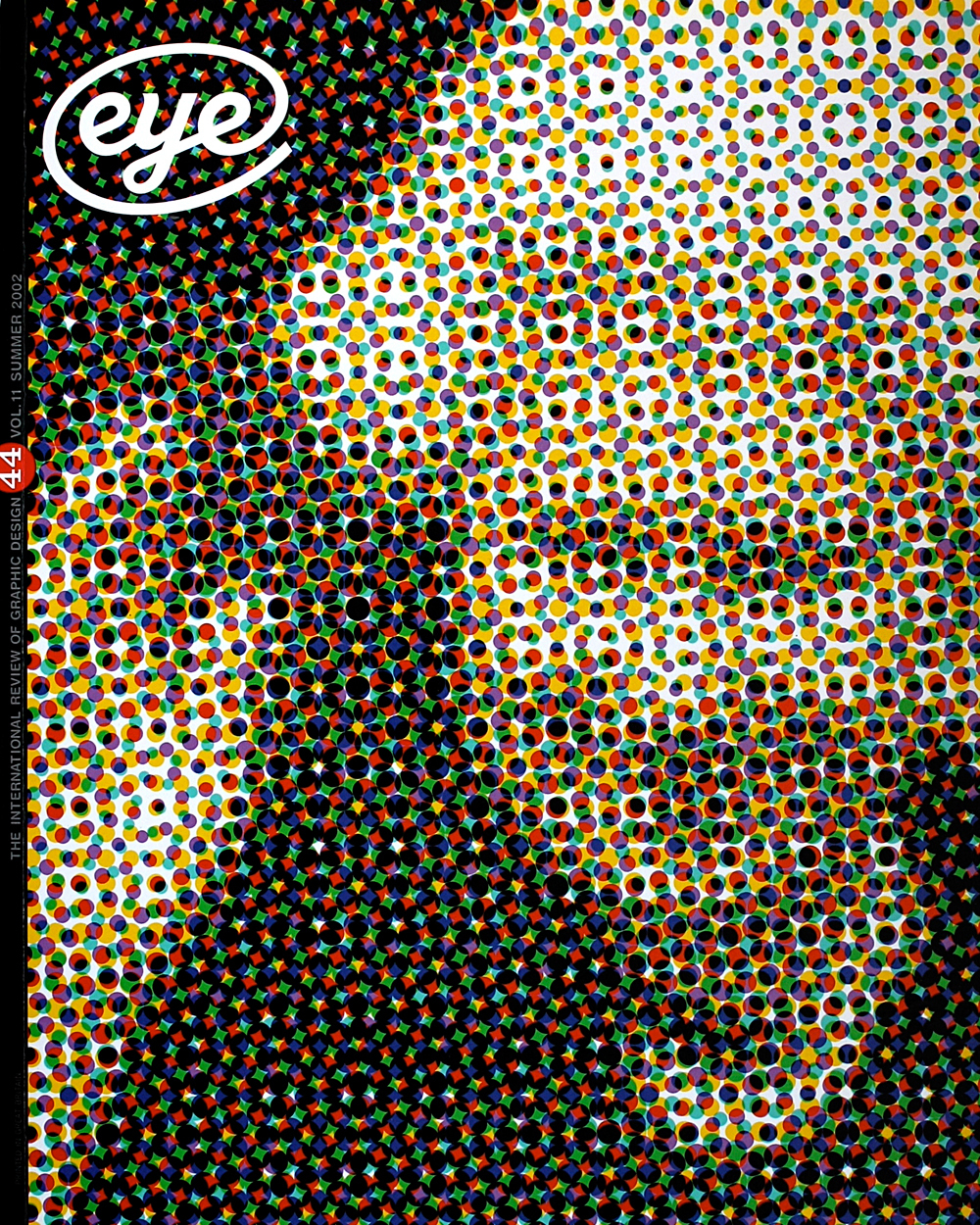Summer 2002
User-friendly book of books
Five Hundred Years of Book Design
Alan Bartram, The British Library, £25I’ve long been a fan of Alan Bartram’s writing. An Atlas of Typeforms (co-written with James Sutton and published in 1968) was a landmark
of its kind: a history of typefaces told through examples of their original usage, mainly in books, and virtually all shown at actual size. Although Five Hundred Years of Book Design does not have the virtues of scale of that earlier work, it nevertheless represents another invaluable addition to any designer’s bookshelf.
Designers’ attitudes to history vary. There are those for whom history is an unnecessary encumbrance. For some it is fascinating in itself; for others it is simply a set of sources to be plundered when there is a need for period allusion or ideas run dry. For others still, it provides valuable lessons about the present. Alan Bartram falls into this last group, and in his latest book takes a longer (historical) and wider (geographical) view of book design than his 1999 Making Books, Design in British Publishing Since 1945 (reviewed in Eye no. 36 vol. 9 p82) although the range of typographic styles evident is smaller and technological changes are not as near the surface this time round.
Bartram chooses pages from about 100 books to discuss. Although this is not an even-handed account of 500 years – Bartram has his favourite periods (eighteenth century) and designers (Baskerville, Manutius – on the cover and fine title page), and the past 60 years seem under-represented – the choice shows the changes in approach and taste over the period discussed. All is observed sympathetically but without the rose-tinted glasses worn by some older writers.
In typographic histories there are obvious ‘greats’. But in many books it is often difficult to judge from the reproductions the exact reasons for that greatness. Added to that, there is a problem of over-familiarity: many older printers are known to millions through typefaces, many of which are named after them. This familiarity is based on (often poor quality) renditions of types which were just one aspect of their careers. A particular strong point of this selection is that several printers have more than one work shown, and/or more than one spread. In addition, certain classics are shown printed by different designers. This, more than anything, makes it possible to get a fuller sense of a printer’s approach and ability, as well as the inextricable relationship of their typeface designs to the mores of the time and their own design sensibility.
Although Bartram does not regard himself as a historian, he has a keen sense of history tempered with a designer’s sense of practicality and common sense. He is therefore quite happy to take issue with writers such as Stanley Morison, or to question the reputations of established designers such as Bruce Rogers. Talking about older designers’ work in general, he writes ‘… a lot of their work seems to be sacrosanct because it is old. That it had been produced by some famous printer is no guarantee that it is flawless. I sometimes wonder if anyone had ever looked at these books critically since the day they were printed …’
Bartram does just that, describing each example’s design from the standpoint of a designer with a twentieth/twenty-first century perspective and a great sensitivity to a reader’s needs. Some find Bartram’s writing too conversational; I prefer to see it as direct. You certainly know where you are, there’s no skirting round the issue here. Phrases such as ‘Not pages for the time-poor reader’, ‘It looks like a binding error; but surely not?’, or ‘I cannot participate in the acclaim. At £52 10s in 1935, one assumes it was for collectors’, will give you some idea, but should not be taken to suggest that he is merely poking fun for the sake of it. Throughout the book his sympathy is with the users of books: is the book logically and harmoniously arranged, is it easily readable, can we find our way around? In part these are the concerns of hindsight and were not always the considerations of the printers in the periods discussed, but when this happens, Bartram admits as much and doesn’t try to rewrite history. Some books are clearly chosen to show periods when design went awry (sixteenth-century France, late-nineteenth century Britain, for example) but generally there is good and bad in most examples shown and this is explained clearly.
For those seriously interested in book design there is no substitute for handling original books. Whatever the two-dimensional, spatial aspects of their design, a book’s distinct physical properties – size and format, texture and weight of paper, quality and evenness of printing – contribute much to its success. Unfortunately, unless you live within easy distance of a good library, such as St Bride Printing Library or The British Library in London, this is far from easy. Given the fact it is almost impossible to show books in books, Bartram goes some considerable way to answering that problem and brings a welcome breath of fresh air to the subject.
Phil Baines, designer, tutor of typography, Central St Martins, London
First published in Eye no. 44 vol. 11 2002
Eye is the world’s most beautiful and collectable graphic design journal, published for professional designers, students and anyone interested in critical, informed writing about graphic design and visual culture. It is available from all good design bookshops and online at the Eye shop, where you can buy subscriptions and single issues.

